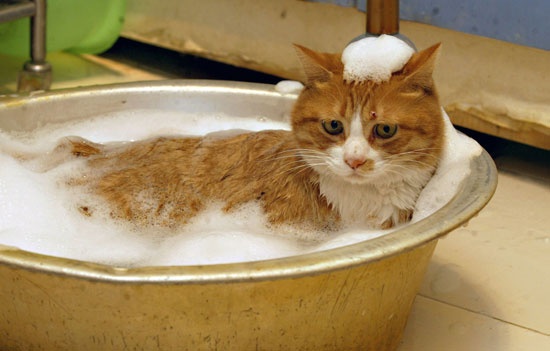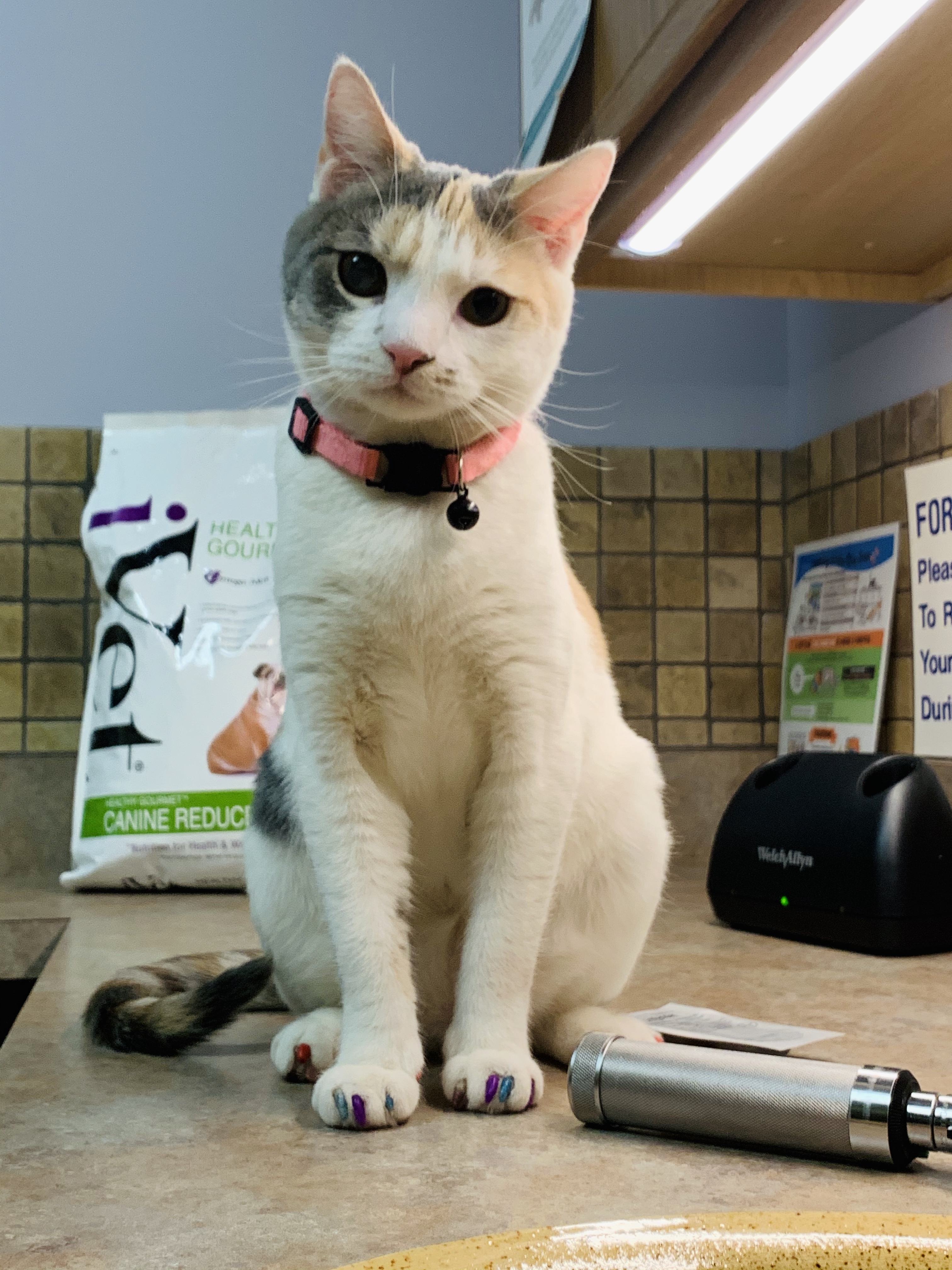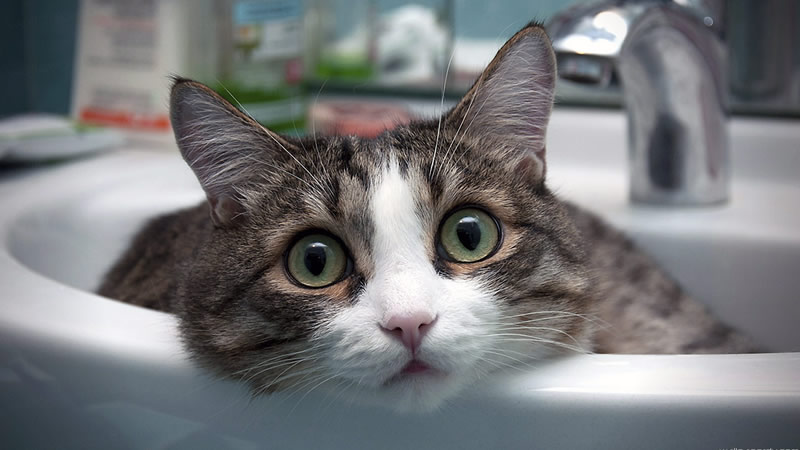Cats are known for their independent nature and their love for grooming themselves. However, there may be instances where your furry friend needs a little help in the cleanliness department. Whether it's due to an unexpected mess or a health condition, giving your cat a bath can be a daunting task. But fear not, with the right approach and some preparation, you can safely bathe your cat without causing any stress or harm. In this article, we will discuss the proper techniques and precautions for bathing your cat, ensuring a clean and happy feline.
Preparing for the Bath

Bathing your cat may seem like a simple task, but it is important to prepare beforehand to avoid any accidents or unnecessary stress for your feline friend. Here are some steps to follow before starting the bathing process:
1. Gather Necessary Supplies
Before bringing your cat into the bathroom, make sure you have all the necessary supplies within arm's reach. This includes shampoo (specifically formulated for cats), towels, a brush, and a jug or handheld showerhead for rinsing. Having everything ready will save you from having to leave your cat unattended during the bath.
2. Choose the Right Time
Timing is crucial when it comes to giving your cat a bath. Cats are most active during the early morning and evening, so it is best to schedule the bath during their downtime. You also want to avoid bathing them right after they have eaten, as they may become restless and uncomfortable. Furthermore, make sure to choose a time when you are relaxed and in a calm state of mind, as your cat can sense your emotions.
3. Trim Your Cat's Nails
Trimming your cat's nails before the bath will not only protect you from scratches but also prevent your cat from scratching itself while trying to escape the water. A scratch from a cat's sharp nail can be painful and may cause infection, so it is best to take this precaution.
The Bathing Process

Now that you have prepared for the bath, it's time to start the process. Follow these steps for a safe and stress-free bathing experience for your cat:
1. Gently Introduce Your Cat to Water
Cats are not fond of water, so it is essential to introduce them gradually. Start by filling the tub or sink with a few inches of lukewarm water. Use your hand to slowly sprinkle water over your cat's back. This will help them get used to the feeling of water without being submerged entirely. If your cat seems too anxious, you can try placing a towel at the bottom of the tub to provide a more secure footing.
2. Apply Shampoo
Once your cat is comfortable with sitting in the water, it's time to apply shampoo. Be sure to use a mild shampoo specifically formulated for cats, as human shampoos can be too harsh on their sensitive skin. Avoid getting shampoo in their eyes, ears, and nose, as it can cause irritation. Gently massage the shampoo into your cat's fur in a circular motion, making sure to cover all areas.
3. Rinse Thoroughly
After lathering your cat's fur, it's time to rinse off the shampoo. Again, use your hand or a jug to pour lukewarm water over your cat's back, ensuring all the shampoo is washed away. Be gentle and careful not to get water in sensitive areas. It is crucial to rinse thoroughly to avoid any residue left on your cat's skin, which can lead to irritation.
4. Dry Your Cat
Once your cat is fully rinsed, wrap them in a towel and gently pat dry. Avoid rubbing vigorously, as it can cause tangles and discomfort for your cat. If your cat allows, you can also use a blow dryer on the lowest setting to dry their fur. Make sure to keep the dryer at a safe distance from your cat's skin to avoid burns.
5. Reward Your Cat
After the bath, make sure to reward your cat with treats and praise. This will help create a positive association with bathing and make future baths less stressful for both you and your cat.
Tips for a Successful Bath

Here are some extra tips to ensure a successful bathing experience for your cat:
1. Use a Calming Spray
Some cats may be more anxious than others when it comes to water. In such cases, using a calming spray can help relax your cat before and during the bath. These sprays contain natural ingredients that promote relaxation and reduce anxiety in cats.
2. Be Patient
Patience is key when it comes to bathing your cat. It may take some time for them to get used to the idea of being immersed in water. Be patient and gentle, and don't force your cat into the water if they are clearly uncomfortable. Take breaks if necessary and try again later.
3. Keep the Water Temperature Consistent
Cats are sensitive to temperature changes, so make sure to keep the water at a constant temperature throughout the bath. Use a thermometer to check the water temperature periodically and adjust accordingly.
FAQs

What should I do if my cat hates water?
If your cat is particularly fearful of water, it may be best to skip the bath altogether and opt for alternative methods of cleaning, such as using pet wipes or dry shampoo.
How often should I bathe my cat?
Most cats do not require frequent baths, as they are adept at grooming themselves. However, if your cat has a skin condition or has gotten into something particularly dirty, a bath may be necessary. Consult with your veterinarian for specific recommendations for your cat.
Can I use human shampoo on my cat?
No, it is not recommended to use human shampoo on cats. Human shampoos are formulated for human hair and can be too harsh for a cat's sensitive skin, causing irritation and discomfort.
How do I prevent my cat from scratching me during the bath?
Trimming your cat's nails before the bath can help prevent scratches. You can also try using a towel or cloth to hold onto your cat securely while bathing.
What should I do if my cat becomes aggressive during the bath?
If your cat becomes aggressive or stressed during the bath, stop immediately and try again later. It is important not to force your cat into the water as it can cause trauma and fear towards future baths. Seeking the help of a professional groomer or veterinarian may also be beneficial in such cases.
Conclusion

Bathing your cat may seem like a daunting task, but with proper preparation and techniques, it can be a successful and stress-free experience for both you and your feline friend. Remember to be patient, gentle, and always prioritize your cat's safety and comfort. With these tips and tricks, your cat will be clean, happy, and looking their best in no time.



